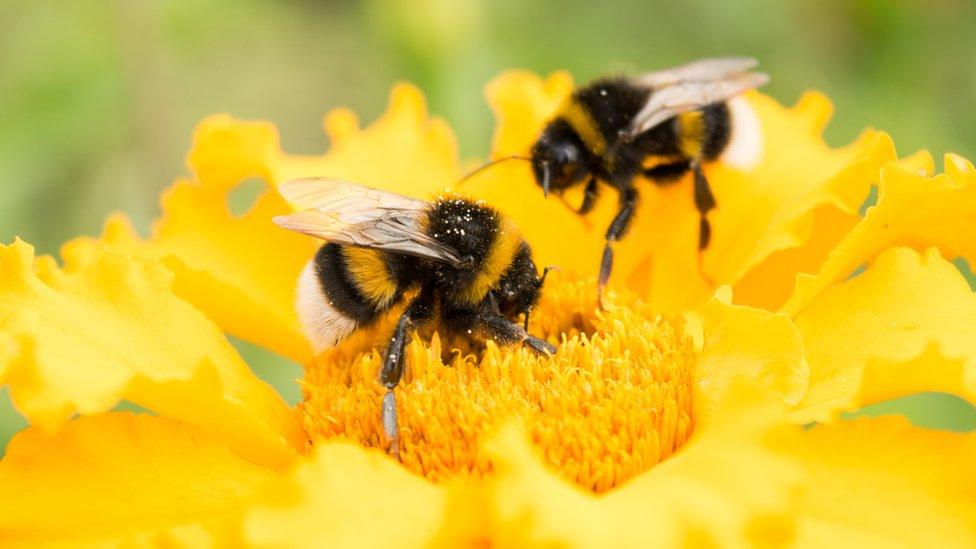Elephants: Why their trunks are like vacuum cleaners
- Published
- comments
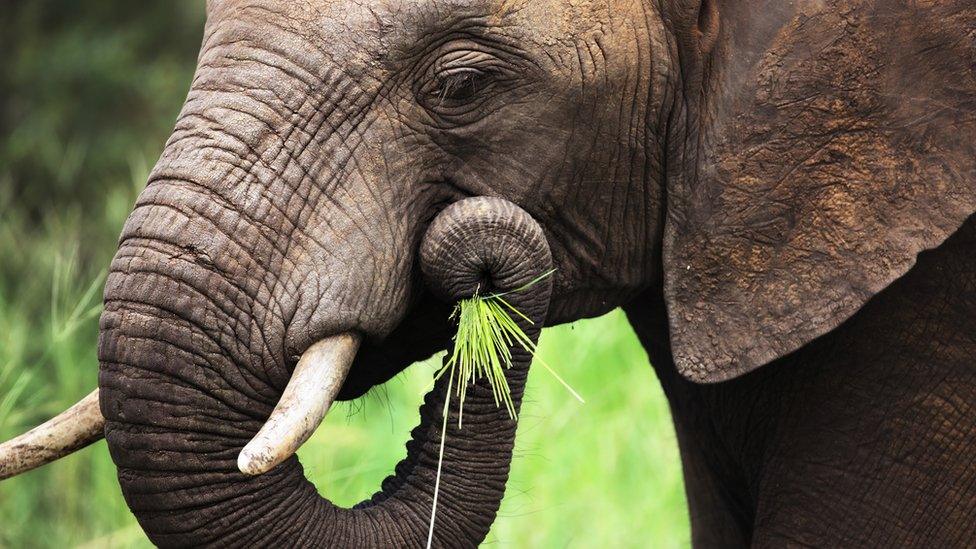
Elephants are known for their strong trunks used for smelling, breathing, drinking and grabbing things.
But how do they handle small delicate food items?
Well scientists have now discovered that they can apply suction in their trunks (similar to the way a vacuum cleaner works!) to pick up tiny fragile pieces of food!
It was thought that only fish have the ability to do this, so it means elephants are the only animals on Earth (that scientists know of!) which can use suction on the ground and underwater to get food or liquid.
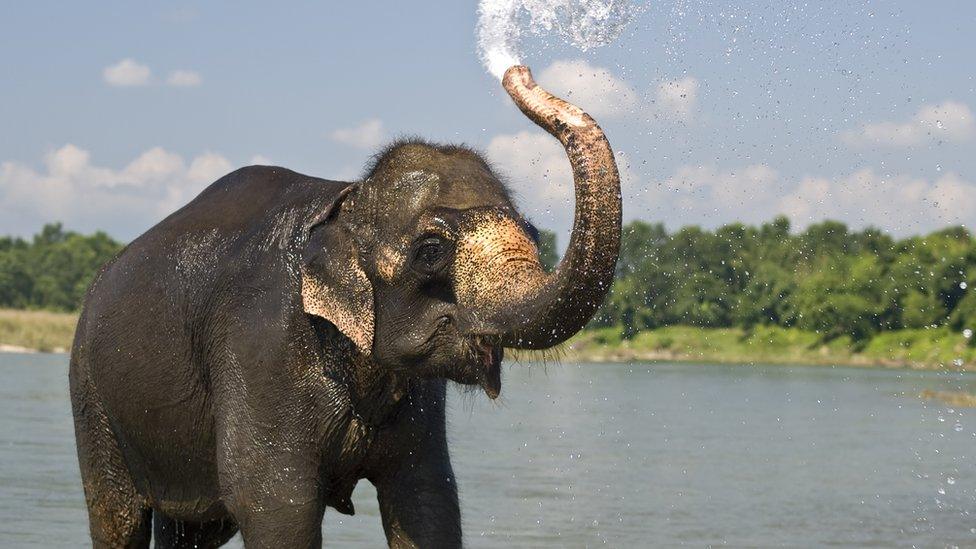
Researchers wanted to find out more about how elephants use their trunks - which can weigh about 100kg - to collect and feed on small delicate items.
Scientists did an experiment at Zoo Atlanta in the US with 34-year-old female African elephant Kelly. They presented her with different types of food and found that when given small vegetable cubes she inhaled air through her trunk to create suction to pick them up.
But when Kelly was given larger vegetable cubes to grab, she instead used her two opposable trunk 'fingers' to grab them.
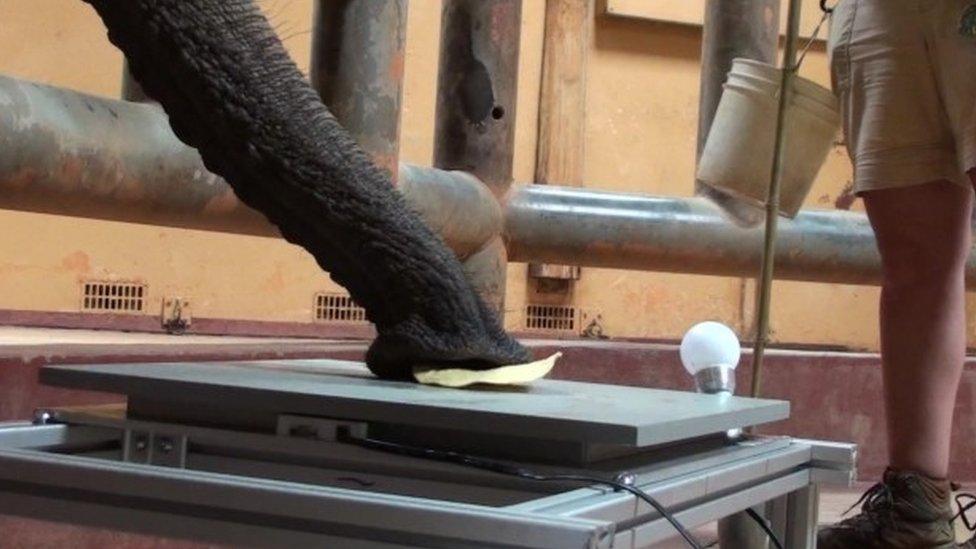
Kelly the African elephant managed to pick up a tortilla chip without breaking it
Kelly was then given the most challenging food item - a tortilla chip. We all know how hard it can be to dunk them into some dip without breaking them, but how did Kelly get on with her long heavy trunk?
Well although the chip was thin and fragile, Kelly was able to use suction to lift and grab the chip without breaking it... impressive work.
How do elephants create suction?
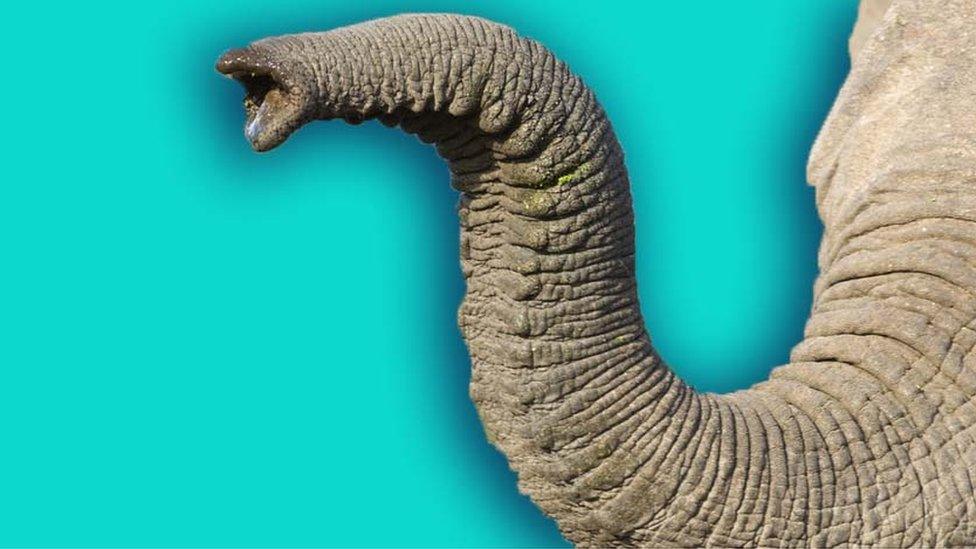
The study found elephants use their huge lungs and also increase the diameter (width) of their nasal passages.
Elephants' nostrils can expand by up to 30% in radius which increases how much air they can push through their trunks by 64%.
This means an elephant's nose can inhale almost 30 times as fast as a human's can sneeze.
David Hu, a professor in Georgia Tech's George W. Woodruff School of Mechanical Engineering, described how elephants use their trunks in different ways, in different situations.
He said: "It can detect scents and grab things. Other times it blows objects away like a leaf blower or sniffs them in like a vacuum."
By investigating the mechanics and physics behind trunk muscle movements, we can apply the physical mechanisms — combinations of suction and grasping — to find new ways to build robots.
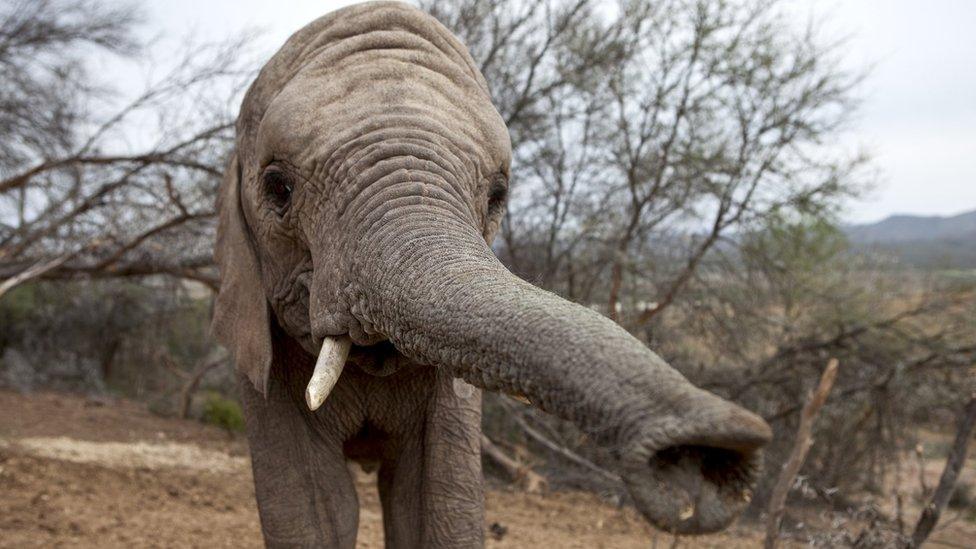
Scientists hope that this research can help improve machines that use suction and be useful for building robots.
Phd student Andrew Schulz, who led the study, thinks the research will have many benefits.
He said: "The fascinating part of the study for robotics is that elephants can use their suction mechanism both on ground and in water. This is just another example of the incredible movement an elephant has only using muscles."
The African elephant is also now listed as endangered because of poaching and loss of habitat.
He added: "Its trunk makes it a unique species to study. By learning more about them, we can learn how to better conserve elephants in the wild."
If you can't see the quiz, click here.
- Published20 April 2021
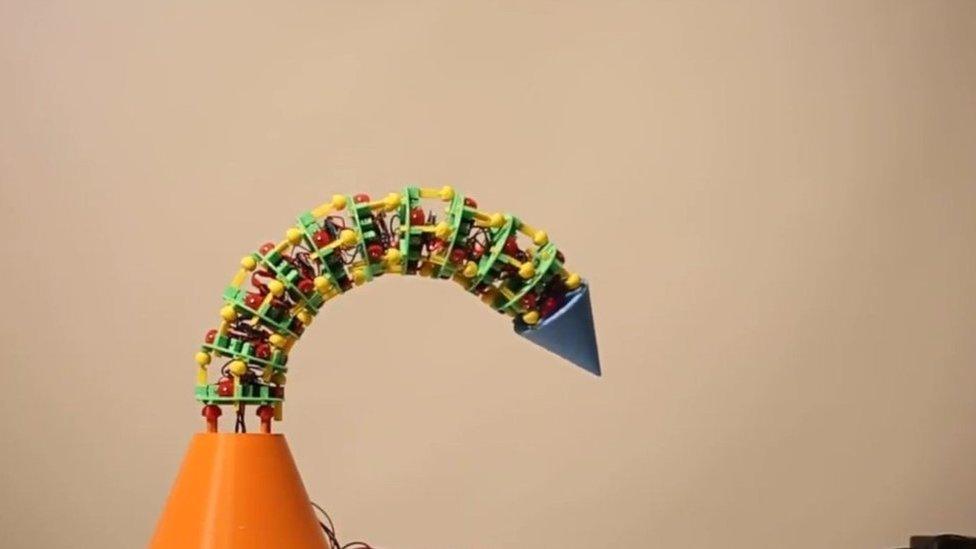
- Published28 May 2021

- Published2 June 2021

- Published2 June 2021
